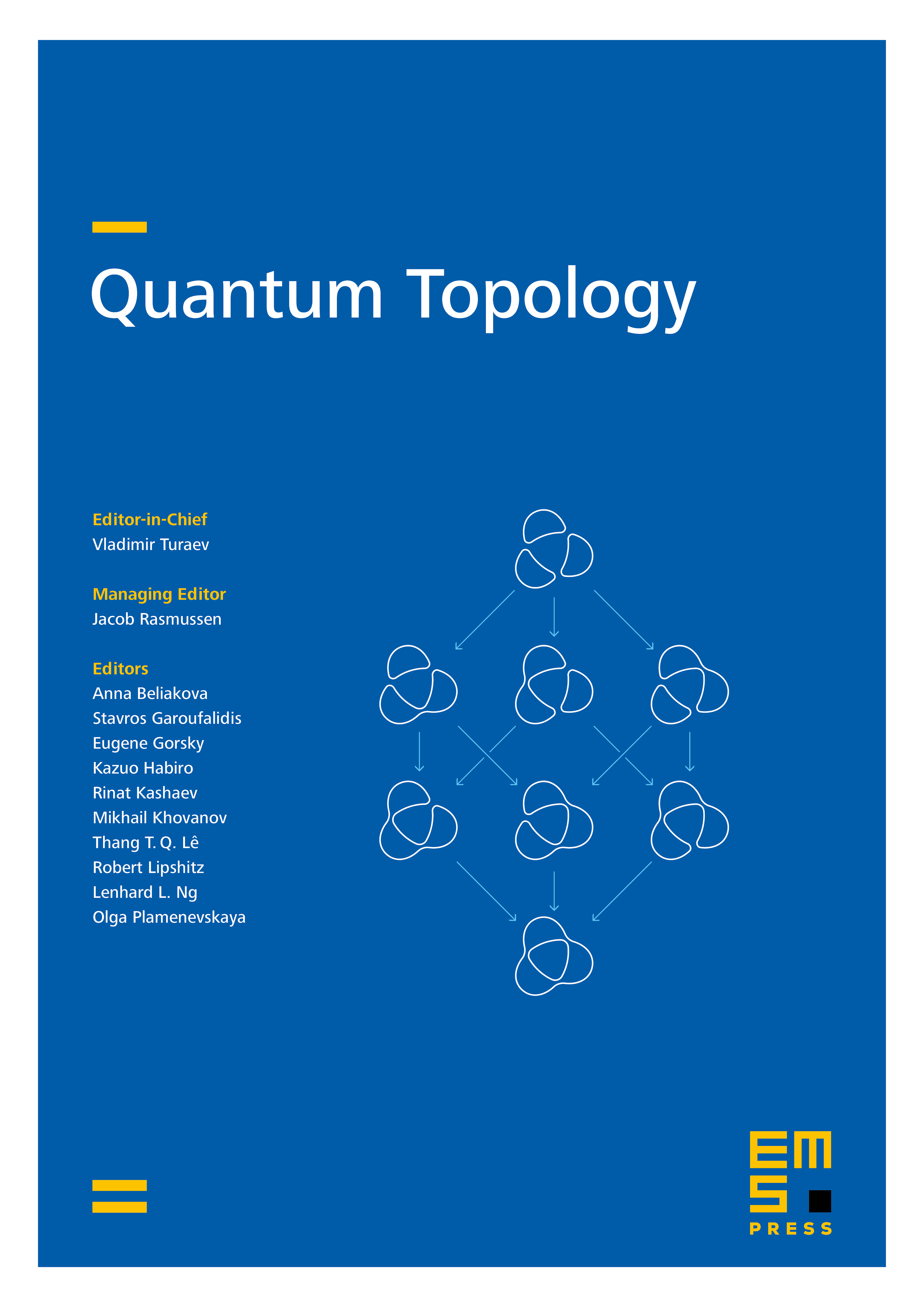Fusion categories in terms of graphs and relations
Hendryk Pfeiffer
The University of British Columbia, Vancouver, Canada

Abstract
Every fusion category that is -linear over a suitable field is the category of finite-dimensional comodules of a weak Hopf algebra . This weak Hopf algebra is finite-dimensional, cosemisimple and has commutative bases. It arises as the universal coend with respect to the long canonical functor . We show that is a quotient of a weak bialgebra which has a combinatorial description in terms of a finite directed graph that depends on the choice of a generator of and on the fusion coefficients of . The algebra underlying is the path algebra of the quiver , and so the composability of paths in parameterizes the truncation of the tensor product of . The ideal is generated by two types of relations. The first type enforces that the tensor powers of the generator have the appropriate endomorphism algebras, thus providing a Schur–Weyl dual description of . If is braided, this includes relations of the form ‘’ where contains the coefficients of the braiding on , a generalization of the construction of Faddeev–Reshetikhin–Takhtajan to weak bialgebras. The second type of relations removes a suitable set of group-like elements in order to make the category of finite-dimensional comodules equivalent to over all tensor powers of the generator . As examples, we treat the modular categories associated with .
Cite this article
Hendryk Pfeiffer, Fusion categories in terms of graphs and relations. Quantum Topol. 2 (2011), no. 4, pp. 339–379
DOI 10.4171/QT/24